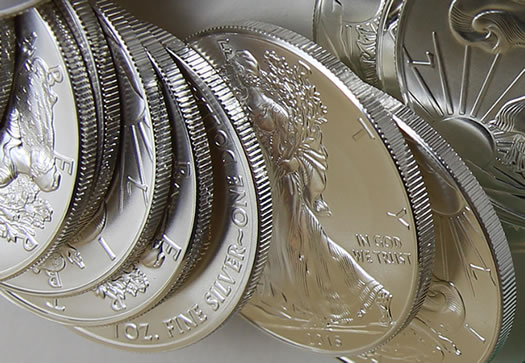Currency Futures
How Many Types of Active Forex Markets Exist for Indian Rupee?
How Many Types of Active Forex Markets Exist for Indian Rupee?
-
Onshore OTC markets
- Onshore OTC (Over the counter) markets carry out forex transactions (spot, forward and swaps) on inter-bank networks such as FX – CLEAR (Forex dealing system of CCIL -Clearing Corporation of India Limited) and FX-DIRECT (online forex trading platform of FTIL – Financial Technologies of India Limited).
- As per RBI (Reserve Bank of India), it is mandatory for Indian residents to have an exposure in foreign currency in order to be eligible for forex trading.
- Onshore OTC markets are generally beyond the reach of small traders because of higher order size, tedious documentation and transaction costs.
- FEDAI (Foreign Exchange Dealers Association of India) is the association of banks and authorized dealers (AD) in foreign exchange in India. FEDAI is a self-regulated body that governs the conduct of inter-bank foreign exchange business among banks and with public. FEDAI carries out liaison with RBI for development and reforms in forex markets in India.
- In spot forex markets, dealers quote dual rates, say USD/INR = 46.20/46.50. It implies that dealer is willing to buy USD at 46.20 and sell at 46.50. Difference is the profit of the dealer. Put simply, you have to pay Rs.4650 for buying 100 USD whereas you will get Rs.4620 in exchange for 100 USD. Global forex spot markets commonly refer it as Pips (or Pip Spread).
-
Offshore OTC markets
- Offshore OTC markets operate in the form of non-deliverable forwards (NDF). Singapore is the most active market place for NDF in INR/USD currency pair.
- Like onshore OTC markets, this market is also not available to the domestic participants without any exposure in the underlying currency.
- Even for those traders who have foreign currency exposure, physical location of this market is the biggest handicap.
- Settlement is in cash in terms of USD.
-
Currency Futures on Indian Exchanges
- Currency future is the newest and simplest forex market for Indian Rupee in India.
- NSE (national stock exchange of India) is the first recognized exchange that has already commenced currency futures trading.
- BSE – CDX (Bombay Stock Exchange – Currency Derivatives Exchange) and MCX – SX (Multi-Commodity Exchange – Stock Exchange) will offer currency futures trading very shortly.
- With the introduction of currency futures in India, ordinary investors and traders can conveniently and transparently trade in foreign exchange.
- In fact, this is the only market place where Indian residents can take a call on Rupee movement irrespective of whether they hold any exposure in foreign exchange.
- Currency futures offer tremendous advantages such as excellent transparency, easy accessibility, efficient price discovery, anonymous trades and reduced transaction costs.
- Currency future is a very simple financial product that functions similar to stock and index futures. Click here to know more about “Stock and Index Futures Versus Currency Futures”
- As compared to OTC markets, volumes in India’s nascent currency futures market are abysmally low. Neverthless, in just three weeks of its introduction, NSE has witnessed abundant liquidity and healthy build up of open interest positions in currency futures contracts.
Some figures about the price of Indian Rupee against USD
- INR low since 1997 = 49.1
- High since 1997 = 35.7
- 2008 low = 46.69
- 2008 high = 39.27
|
|
||||||
|
|||||||
Continue Reading










